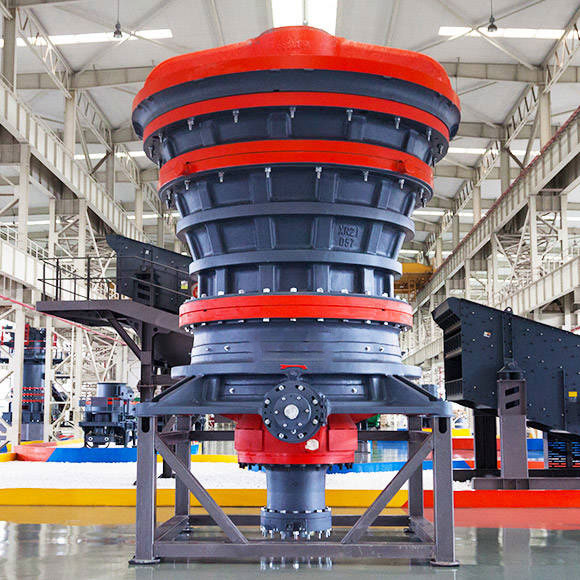Primary gyratory crushers are machines used to crush ore and rocks in mining and quarrying operations. They are designed to handle large rocks and ores efficiently and have been used in the industry for over a century. The performance of primary gyratory crushers plays a crucial role in the overall efficiency of mining operations, as they are responsible for the initial size reduction of the material.
The performance of a primary gyratory crusher can be evaluated on the basis of several parameters, including capacity, power consumption, product size distribution, and maintenance requirements. Each of these factors contributes to the overall efficiency of the machine and can have a significant impact on the profitability of a mining operation.

Capacity is one of the most important performance parameters for a primary gyratory crusher. It refers to the maximum amount of material that the crusher can process in a given time period. The capacity of a gyratory crusher is determined by its size and the characteristics of the material being crushed. Larger crushers generally have higher capacity, but they also require more power to operate. The capacity of a crusher can be increased by optimizing the feed size, speed, and stroke of the crushing chamber.
Power consumption is another important performance parameter for a primary gyratory crusher. It refers to the amount of energy required to operate the crusher. The power consumption of a crusher is influenced by several factors, including the size of the crusher, the speed of the eccentric shaft, and the properties of the material being crushed. Higher power consumption generally leads to higher operating costs, so optimizing power consumption is an important consideration for mining operators.
Product size distribution is also an important performance parameter for a primary gyratory crusher. It refers to the range of particle sizes produced by the crusher. A narrow product size distribution indicates that the crusher is producing consistent product sizes, which is desirable for downstream processing. A wider product size distribution can lead to inefficiencies in downstream processing and may require additional processing steps to achieve the desired product size.
Maintenance requirements are also an important consideration for primary gyratory crushers. The complexity of these machines can make maintenance challenging, and downtime due to maintenance can have a significant impact on the overall efficiency of mining operations. Regular maintenance is essential to ensure that the crusher operates at peak performance and to minimize the risk of breakdowns and unplanned downtime.
